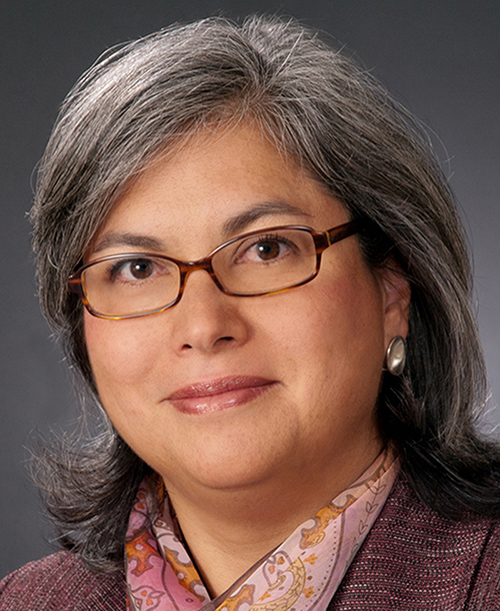CDC estimates that 92% of cancers caused by HPV could be eliminated in the US if HPV vaccination recommendations in this country are followed
Medical laboratories in the United States once processed as many as 55-million Pap tests each year. However, the need for cervical cancer screening tests is diminishing. That’s primarily because the human papilloma virus (HPV) vaccination effectively eliminates new cases of cervical cancer. At least, that’s what’s happening in Australia.
When it was introduced in 2007, Australia’s nationwide publicly-funded HPV vaccination program only included girls, but was extended to boys in 2013. Today, it is being credited with helping slash the country’s cervical cancer rates.
Research published in The Lancet Public Health (Lancet) predicts cervical cancer could be eliminated in Australia by 2028 if current vaccination rates and screening programs continue. Cervical cancer would be classified as effectively eliminated once there are four or fewer new cases per 100,000 women each year. These developments will be of interests to pathologists and cytotechnologists in the United States.
“From the beginning, I think the [Australian] government successfully positioned the advent of HPV vaccination as a wonderful package that had a beneficial effect for the population,” Karen Canfell, PhD, Director, Cancer Research Division at Cancer Council New South Wales, Australia, and Adjunct Professor, University of Sydney, told the Texas Tribune. “It was celebrated for that reason, and it was a great public health success.”
In addition to high vaccination rates, the Lancet study notes that last year Australia transitioned from cytology-based cervical screening every two years for women aged 18 to 69 years, to primary HPV testing every five years for women aged 25 to 69 and exit testing for women aged 70 to 74 years.
“Large-scale clinical trials and detailed modelling suggest that primary HPV screening is more effective at detecting cervical abnormalities and preventing cervical cancer than screening with cytology at shorter intervals,” the Lancet study states.
The incidence of cervical cancer in Australia now stands at seven cases per 100,000. That’s about half the global average. The country is on pace to see cervical cancer officially considered a “rare” cancer by 2020, when rates are projected to drop to fewer than six new cases per 100,000 women.
US Cervical Cancer Rates
In Texas, meanwhile, the state’s failure to embrace HPV vaccination is being blamed for slowing potential improvements in cervical cancer rates. In 2007, Texas lawmakers rejected legislation that would have mandated girls entering sixth grade be vaccinated for HPV. The Texas Tribune reports that, in the decade that followed, vaccination rates remained stagnant with only about 40% of Texans between 13 and 17 years old having been vaccinated for HPV by 2017.
Though Texas has a similar size population as Australia, the state’s low vaccination rates have meant cervical cancer rates have shown little improvement. Statistics compiled by the federal Centers for Disease Control and Prevention (CDC) show that Texas’ age-adjusted rate of new cervical cancer cases sits at 9.2 per 100,000 women—unchanged since 2006.
Texas has the fifth highest rate of cervical cancer in the nation, according to the CDC.

Lois Ramondetta, MD, Professor of Gynecologic Oncology at MD Anderson Cancer Center in Houston, told the Texas Tribune the state ignored an opportunity that Australia seized. “[Australia] embraced the vaccine at that time, and our fear kind of began around then,” Ramondetta said. “Really, vaccination in general has just gone down the tube since then.”
CDC Study Pushes HPV Vaccination Recommendations in US
Texas is not the only state failing to capitalize on the HPV vaccine’s cancer-curing promise. The CDC recently stated in a news release announcing a recent study that 92% of cancers caused by HPV could be eliminated if HPV vaccine recommendations were followed. CDC published the study in its Morbidity and Mortality Weekly Report.
HPV is a common virus that is linked to not only cervical cancer but also cancers of the penis, head, and neck, as well as conditions like genital warts. Though the CDC recommends children get the two-dose vaccine at ages 11-12, the study findings indicate that only 51% of teens ages 11 to 17 have received the recommended doses of HPV vaccine, a 2% increase from 2017 to 2018.
“A future without HPV cancers is within reach, but urgent action is needed to improve vaccine coverage rates,” Brett Giroir, MD, Assistant Secretary for Health, US Department of Health and Human Services (HHS), stated in the CDC news release. “Increasing HPV vaccination overage to 80% has been and will continue to be a priority initiative for HHS, and we will continue to work with our governmental and private sector partners to make this a reality.”
Can Australia Eliminate Cervical Cancer?
University of Queensland Professor Ian Frazer, MD, who co-authored the Lancet Public Health study, believes Australia is on the verge not only of eliminating cervical cancer, but also eradicating the HPV virus itself.
“Because this human papillomavirus only infects humans, and the vaccine program prevents the spread of the virus, eventually we’ll get rid of it, like we did with smallpox,” Frazer told The Age.
“It’s not going to happen in my lifetime,” he added. “But it could happen in the lifetime of my kids if they go about it the right way.”
If Australia’s combination of high HPV vaccination rates and new HPV screening program succeeds in effectively eliminating cervical cancer, clinical laboratories in this country should expect stepped-up efforts to increase HPV vaccination rates in the United States. A renewed focus on reducing—and ultimately eliminating—cervical cancer, could lead to fewer or less-frequently performed Pap tests as part of cervical cancer screening protocols.
—Andrea Downing Peck
Related Information:
The Projected Timeframe Until Cervical Cancer Elimination in Australia: A Modelling Study
Years after Texas Backed Off HPV Vaccine Mandate, Cervical Cancer Rate Soars
Cervical Cancer Set to Be Eliminated from Australia in Global First
An Estimated 92% of Cancers Caused by HPV Could be Prevented by Vaccine


